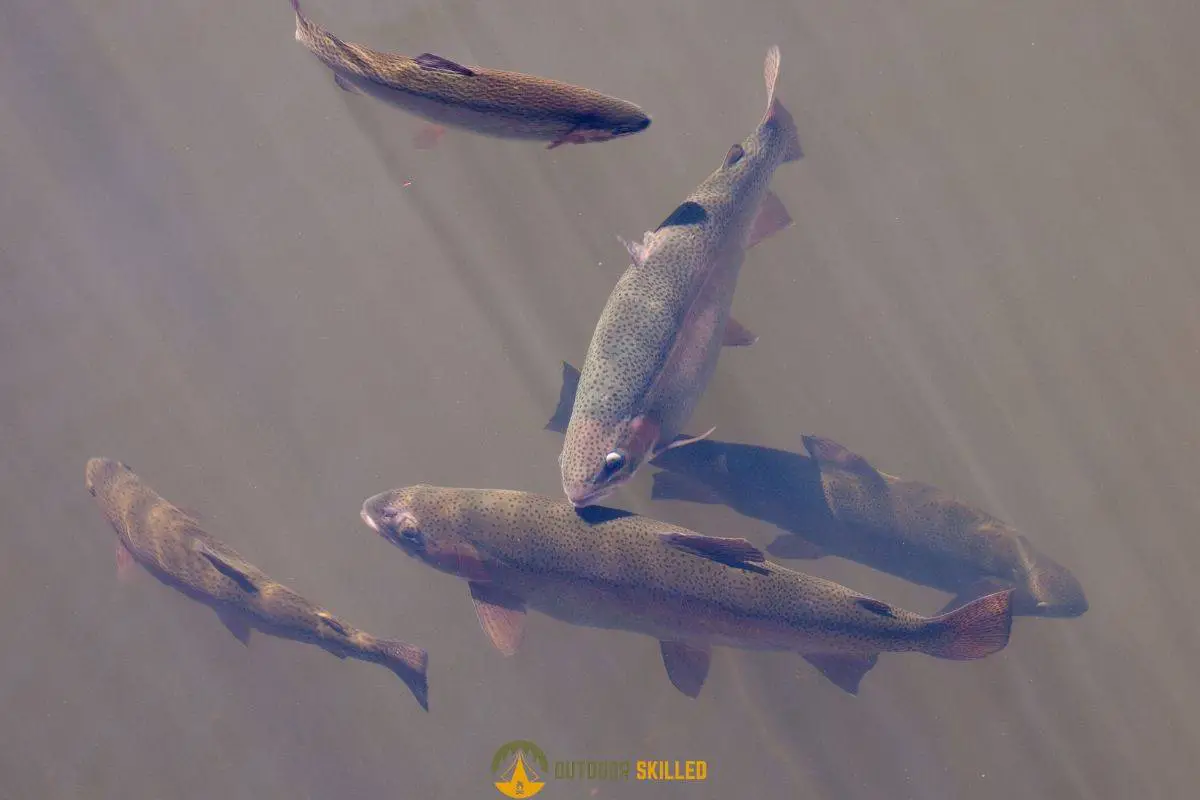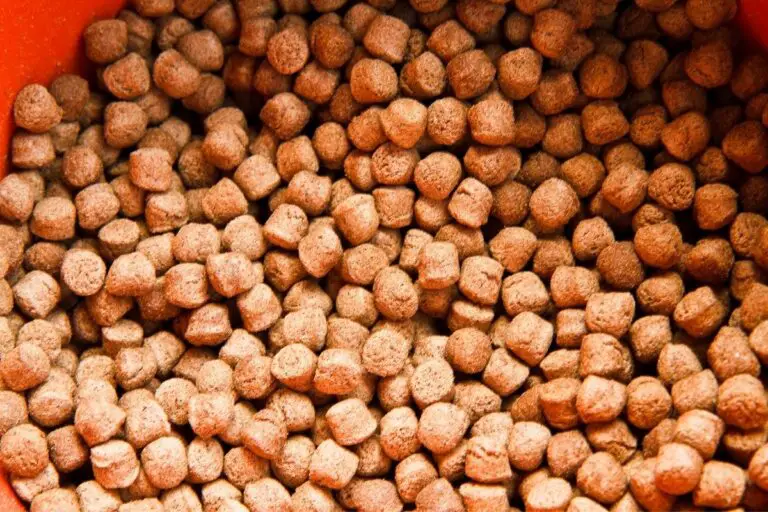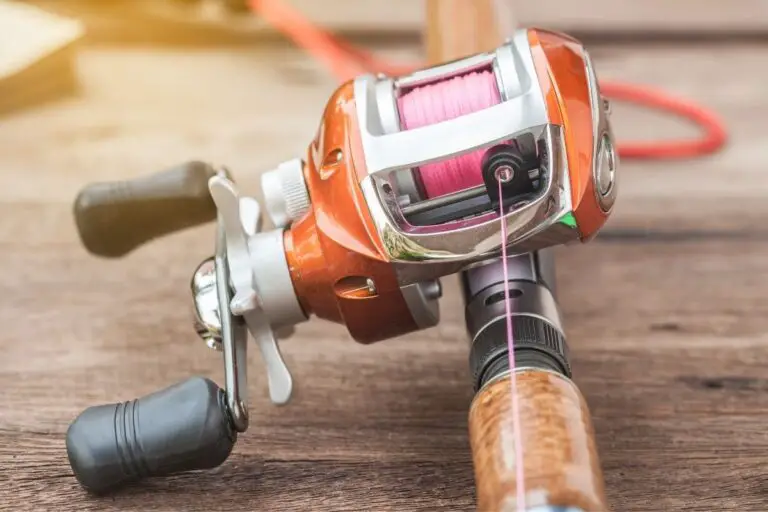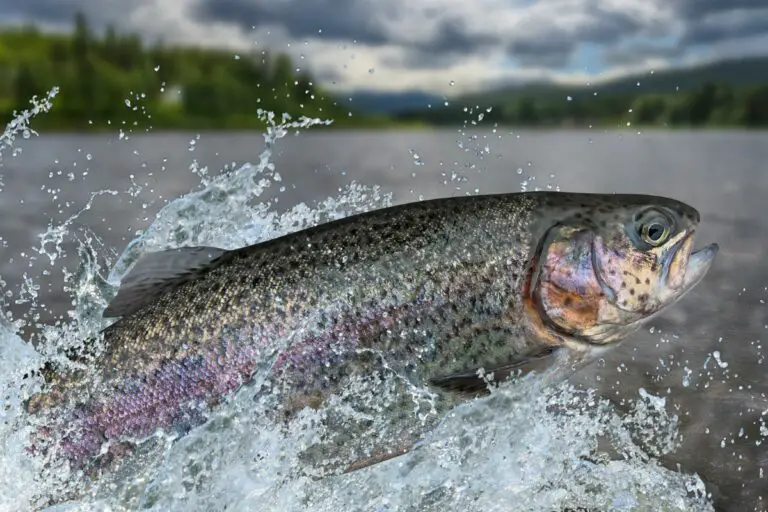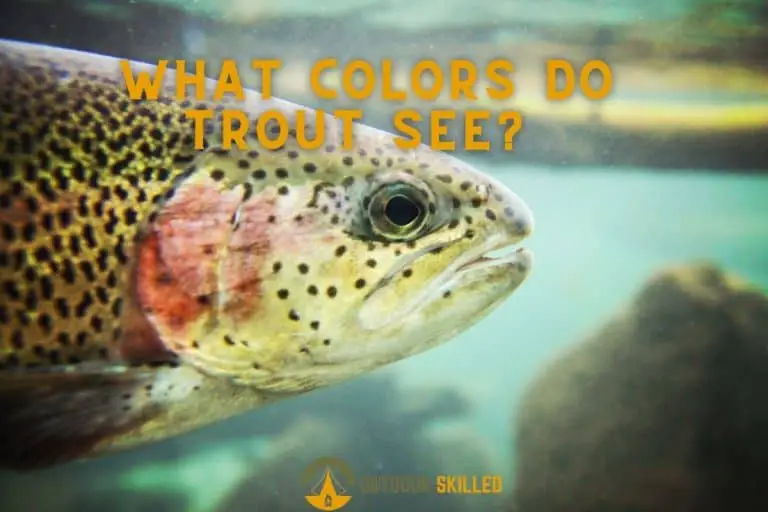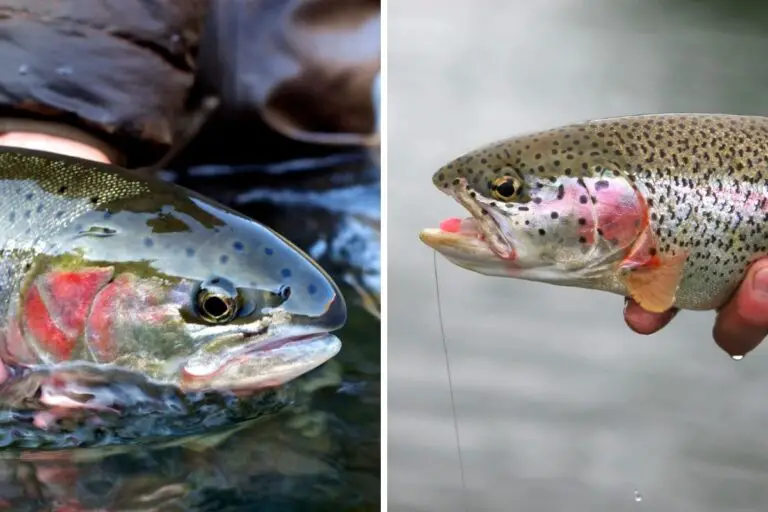How To Catch Lake Trout From Shore – A Guide You Can Easily Follow
Fishing for trout from shore can be incredibly productive. Opposite to what people assume, lake trout are not always hiding in deep waters and you can definitely catch them from shore by covering as much water as you can or by successfully locating their hotspots.
So, how do you fish for trout from shore? To fish for trout from shore you need to spot their food like insects, worms, and other fish because they’ll be there, look deeper in water if the water surface is too warm, use a light tackle, and spinners, spoons, and crankbaits as your lures.
Keep reading to walk through how to catch lake trout from shore. Feeling hyped up and ready to go fishing already? Upgrade your gear with these recommended Trout Fishing Rods that offer such good value for the money unlike anything you’ve gotten before.
Table of Contents
How do you fish for trout in a lake from shore?

Fishing for lake trout from shore is not as complicated as you think. If you get a grip of some key points you’ll be able to locate trout and get them on the hook while standing onshore. Some of these points are:
- Locating trout food
- Using the right gear
- Locating the right depth
Locating trout food seems so simple, doesn’t it? However, most people overlook it when fishing for trout from shore. The truth is lake trout will gather around the hotspots of food that includes insects, worms, and other smaller fish they feed on. Once you locate these spots by yourself or by using a fish finder, your job of locating trout will be much easier.
Using the right arsenal for your fight is also essential. I encourage you to use a light or medium-light spinning rod in the 5ft to 7ft range. Any good quality reel will be fine as long as it matches the rod weight and has a good reel that has a solid drag system.
It’s safe to go with a 6-pound monofilament or fluorocarbon. You can also use something like a 10-pound braid with a 4-to-6 foot (12-to-1.8 meter) fluorocarbon leader. Add a 6 or 8 bait hook and one or two split shots and fasten it 10-to-12 inches (about 25-to-30 cm) above the hook. Adjust the weight by adding or subtracting split shots if required to keep the bait going in the current.
You can check the best monofilament lines here, the best fluorocarbon lines here, and the best braided lines here.
The right depth isn’t consistent when fishing for lake trout. They constantly move up and down the water column in response to the water temperature. So if you find the water surface warm, it’s better to cast your bait deeper while covering as much space as you can to be able to catch one.
And finally, To catch lake trout from shore you need to suspend bait under a bobber to a likely spot and wait for the bobber to wiggle, dive, or jerk. Sometimes trout are in deeper water and the bait needs to be down deep where the fish are. In this case, the lead weight is attached about 1 ½ feet above the baited hook and cast out.
Best times to catch lake trouts
To begin, choose a season when the water temperature is cool enough for lake trout to remain in the shallows and be easily accessible from shore. This applies in the spring and fall. When the water temperature reaches 45°F (7.2°C), feeding activity takes place in the shallows.
To successfully catch lake trout it’s best to target late in the evening. Fishing from shore typically concentrates on shallower water which gets colder late in the evening and allows lake trout to roam freely.
The best times to go are at dusk and dawn. The shallow waters nearest to the shore are at their coolest at dawn, which is ideal for trout. The next best time is at dusk when the water begins to cool down.
Fishing during the day can be hit-or-miss, and it all depends on the weather. Cloudy days will benefit you as it lengthens your window by keeping the sun’s heat and light relatively low. Since trout hate direct sunlight, they will be more active on cloudy days.
What is the best bait for lake trout?
What can be considered “best bait” for lake trout depends on whether the trout are stocked or not. For example, using powerbait, corn, cheese, and other human food is ideal for stocked lake trout as they grow up feeding on these in fish farms.
Using worms and smaller fish can be more suitable to wild lake trout as they have those in their diet since forever and they won’t miss it from a mile away.
Using insects that trout are drawn to is also a good idea. The insects that lake trout pursue most are damselflies, midges, mosquitoes, and flying ants. You’ll have more luck if there aren’t a lot of live insects out and about where you’re fishing, or lake trout may lose interest in your bait.
Best lures for lake trout
The keyword is shiny. Shiny lures can attract lake trout anywhere, especially on dark days or deeper water where they stand out. Spoons make a great lure because they have the advantage of the bright metallic flashes that attract trout.
The best spoon color for lake trout includes white, gold, brown, green, black, silver, pink, orange, yellow, red, blue, silver, and chartreuse. They are all great colors to ensure your lure is visible at depth.
Spinners are also very trout-productive. They come in different sizes and colors that do their best to imitate any forage you want. You’ll have to work your rod tip to give the spinner a quick jerk every once in a while if you’re fishing in still waters.
Crankbaits have also proved effective in catching lake trout. When fishing with crankbaits, try to match the size and color of the baitfish in the area where you are fishing. Most days, browns, blacks, rainbow trout, and perch colors perform exceptionally well.
Pro tips to catch big trout in lakes
- Grab a depth map. This will help you spot the closest part of the shore to the deeper spots of the water body. That’s often the best place to cast from because you get to target them in the shallows but can work your way deeper if needed.
- Use sonar devices. Many people ignore this tip even though it can make their fishing for trout 10 times easier. By locating small fish markings you can locate lake trout almost immediately as they often stay there to feed. You can use one of these portable fishing finders.
- Target them right after stocking. After trout are stocked, they take time to adjust to the environment by sticking around the point where they dumped in for a few days. This also means that asking people about where exactly the stocking truck dumped them is a great help.
- Go for Nightcrawlers and dead minnows. They rarely miss when you cast them into deep water and slowly retract them. This imitates easy prey that is in distress which arouses trout predator nature and encourages them to strike.
- Avoid heavy-pressure areas. If you’re heading somewhere and you found other anglers on the shore aiming at trout as well, don’t even bother unpacking. Heavy pressure draws lake trout away and you won’t have much luck there.
- Don’t miss rainy days. Rainy days provide excellent opportunities to enhance your trout fishing. Rain increases the oxygen in the lake which powers up trout to go out there and feed more heavily.
- Go for cloudy days. Tiger trout hate sunlight and heat. Cloudy days provide good shade for them to roam free in the water instead of hiding in a specific place.
Related Questions
How to catch trout off a dock?
To catch trout off a dock using a light spinning rod and reel. Cast in worms, single salmon eggs, krill, cooked shrimp, or PowerBait, and try to cover as much water as you can. Then fish your bait shallowly by adjusting the bait’s depth under your float to between one and 4.9 feet (1.5 meters).
Where to find trout in a lake?
To find trout in a lake try looking for natural ambush points. An ambush point is something on the lake like a large rock pile, a tree, a point, finger, island, cliff, submerged bridge, or a sunken boat. They will use these locations to ambush unsuspecting fry.
Helpful Resources
How to Fish for Lake Trout by the Dept. of Fish & Wildlife Oregon
If you like this article, please share it or pin it, you can find the share buttons below. We will really appreciate it ❤️

